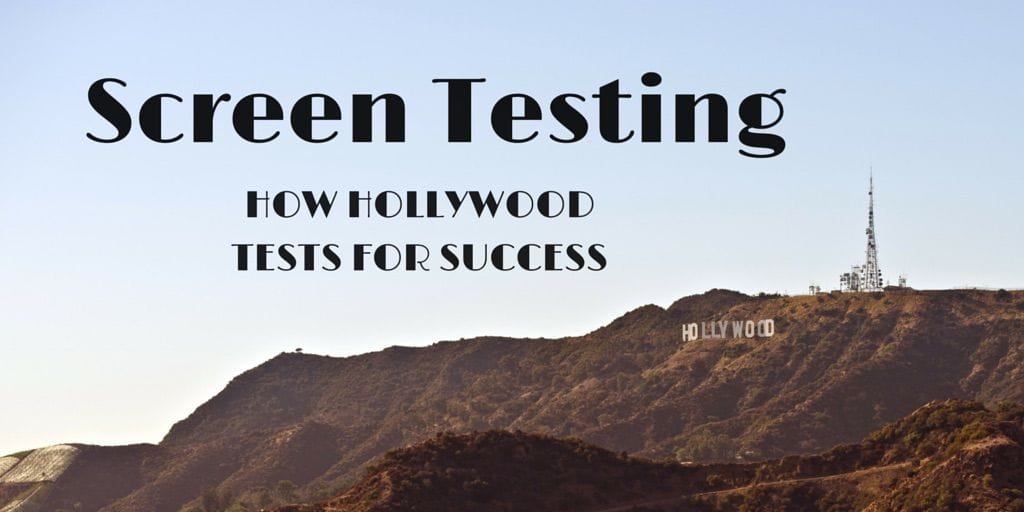Like the rest of the world, you have probably found yourself binge-watching an entire season (or three) of your favorite TV show, instead of doing that one thing you really needed to get done. With streaming services like Netflix, Hulu, Amazon, and CrunchyRoll adding content at an incredible rate, you might just never get that chore done. But have you ever wondered how TV networks and streaming services choose what show to air?
Screen-testing is the preferred method of choice that studios and streaming services use to make sure your eyes are glued to the screen.
What is it?
Before the pilot episode ever makes it to your television or computer screen, studios gather the opinions and reactions of 48 viewers. Among these 48 people, 24 are men and 24 are women. It should be noted, however, that these people come from all walks of life.
During the screen-test itself, the viewers mark what they did and didn’t like, what they think should be added, and a vast array of other comments. For writers, this phase of development can be a nightmare. For executives, however, screen-testing is a way the network can determine if the show will be a success. Hollywood producer and contributor for Vulture, Gavin Polone, views screen-testing as a great way to gain insight:
“Why not get as much information as you can to find out what the audience is thinking about the show?”
No joke
Screen-testing is no joke. And it’s not too uncommon for shows to either be recast or changed altogether before being aired. After all, making a TV show costs money and executives want to make sure the show is attuned to viewers’ wants and needs.
Bruce Wayne and Netflix
The newest superhero movie Batman vs. Superman is gritty, realistic, and emotional. However, the first time a live action Batman appeared on screen was in the iconic psychedelic 1960s version starring Adam West.
When executives screened the pilot to test audiences, the initial reactions were quite negative. In fact, it received the worst score in the history of pilot testing until that point.
Talk about Kapow!
Because of this, the executives made several key changes to the show, including a laugh track, narration, and finally those iconic insert gags. The rest, as they say, is history.
Netflix’s House of Cards used screen-testing not just to gauge if the show would be a success, but to determine if they would buy the rights to the show. However, their use of testing had a tech twist!
Working incredibly closely with analytics, Netflix was able to determine 3 key components when deciding if the show was going to be successful.
1. A lot of users watched the David Fincher directed film ‘The Social Network’ from beginning to end.
2. The British version of House of Cards had been well watched.
3. Those who watched the British version of ‘House of Cards’ also watched Kevin Spacey films and/or films directed by David Fincher
The data Netflix has collected over the years greatly influenced their decision to purchase the rights to the series. Netflix combined screen-testing with anayltics: they were able to observe how viewers reacted to certain shows, actors, and directors, and combine that with their watching habits and frequencies. Such a combination of analytics and screen-testing informed their decision, and with the show costing 100 Million Dollars, this was no small feat.
Final thoughts
Screen-testing is by no means perfect. Sometimes, incredibly successful shows like Seinfeld and Friends received horrible ratings during their screen-testing. Nevertheless, screen-testing helps provide executives a means to observe and study how people react to a certain show before releasing it to a mass audience.
And, now that companies are combining analytics with screen-testing, the ability to gauge a show’s success is becoming even better.
Now back to your regularly scheduled program!


